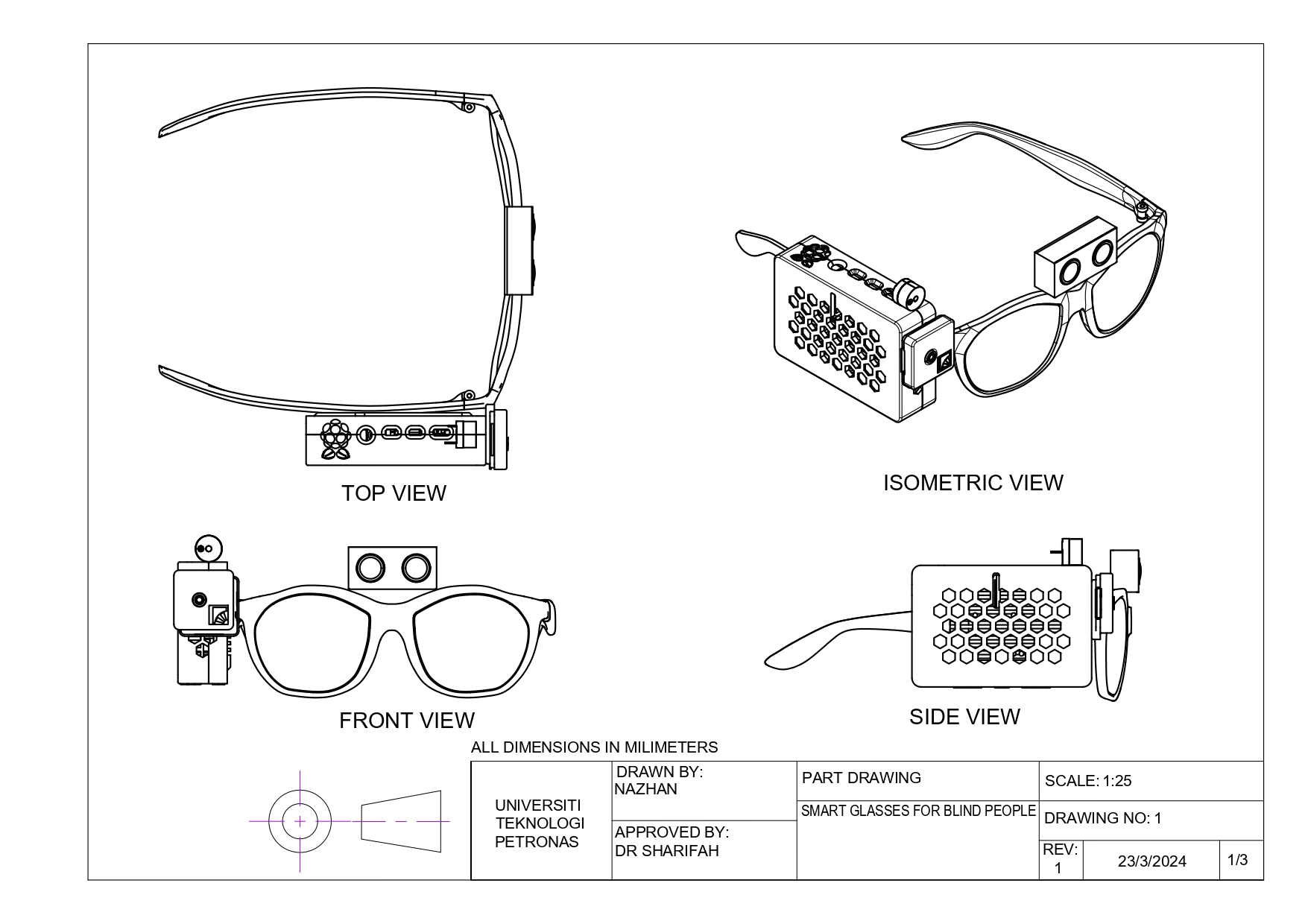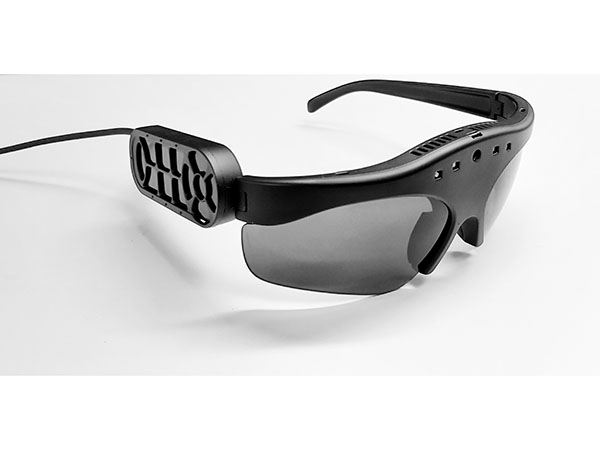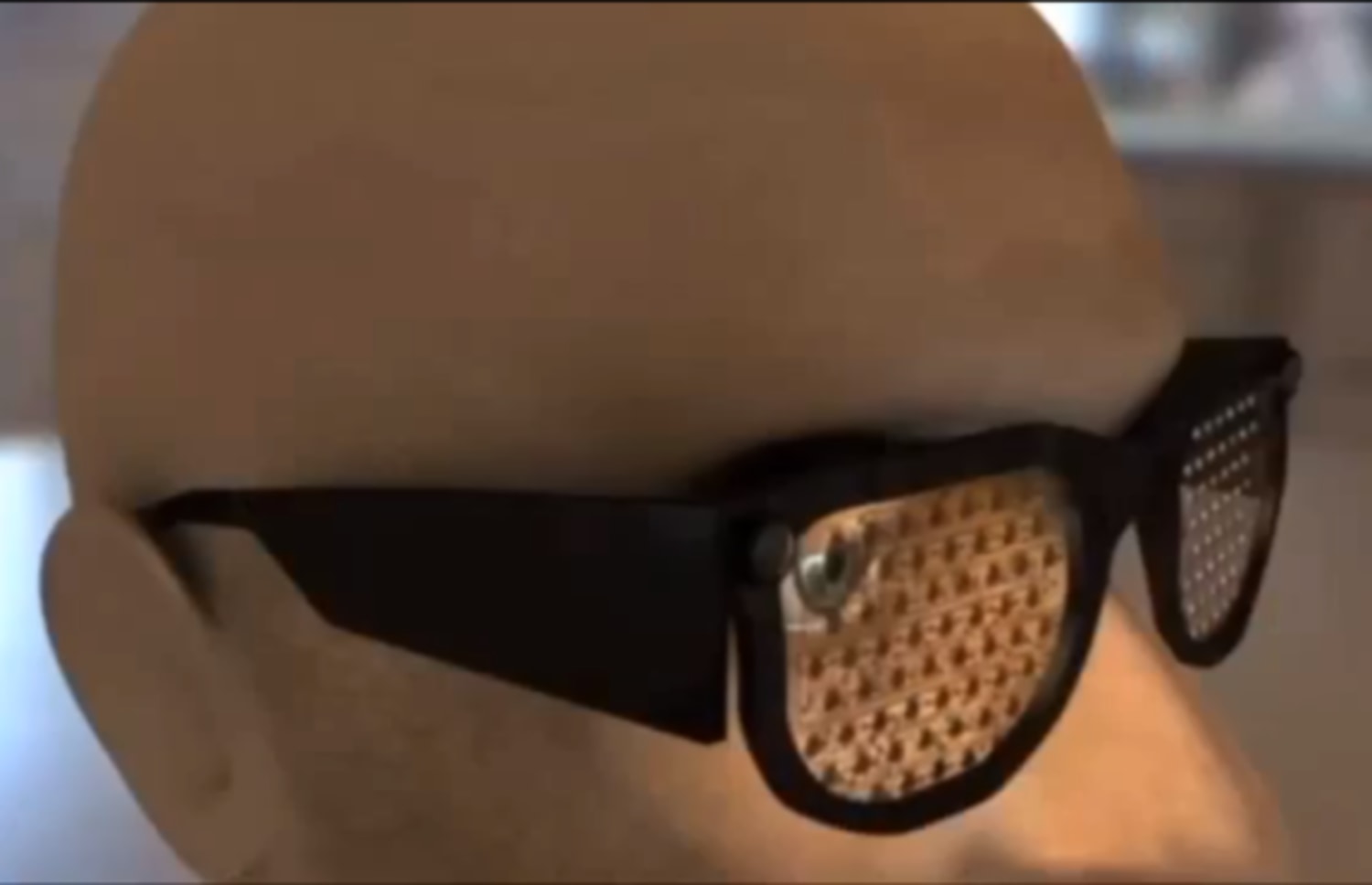Maximizing Efficiency with Screen Readers for the Blind: A Comprehensive Guide
Maximizing Efficiency with Screen Readers for the Blind: A Comprehensive Guide
Blog Article
Enhancing Accessibility Via Assistive Innovation for the Blind
The combination of assistive modern technology for the blind represents a crucial improvement in availability, basically changing exactly how individuals browse their atmospheres and engage with culture. As we explore the diverse kinds of assistive tools and their concrete impacts on day-to-day living, it comes to be crucial to analyze exactly how recurring technical developments are reshaping the landscape of support for the blind community.
Overview of Assistive Modern Technology
Assistive innovation describes a series of gadgets and software made to improve the abilities of people with disabilities, consisting of those that are aesthetically impaired or blind. This technology plays a critical duty in promoting self-reliance and enhancing the lifestyle for customers. By providing alternative approaches for accessing information and executing everyday jobs, assistive modern technology encourages people to navigate their environments a lot more efficiently.
The development and application of assistive technology welcome a variety of concepts aimed at fostering access. These concepts consist of user-centered layout, which focuses on the needs and choices of the person, and the integration of innovation into everyday activities. Such innovations guarantee that assistive gadgets are not only useful but also user-friendly and simple to use.
Furthermore, assistive technology incorporates a varied range of remedies, from low-tech alternatives like magnifiers to modern innovations such as screen viewers and Braille screens. The ongoing evolution of this field is driven by the requirement to attend to the unique obstacles encountered by people with visual disabilities (Wearable technology for low vision). As modern technology remains to advance, the capacity for boosting accessibility and advertising inclusivity stays appealing, ultimately adding to a much more equitable culture

Kinds Of Assistive Tools
Various types of assistive gadgets are offered to sustain individuals who are blind or aesthetically impaired, each designed to address details needs and challenges. These tools can be broadly categorized right into 3 main types: low-tech, mid-tech, and sophisticated solutions.
Low-tech devices include products such as magnifiers, Braille labels, and responsive maps. These are relatively basic tools that improve the user's capacity to connect with their atmosphere without needing complicated technology.
Mid-tech tools typically involve advanced attributes, such as electronic magnifiers and mobile Braille note-takers. These tools can use performances like speech output, enabling users to gain access to details a lot more efficiently.

Effect On Daily Living
The availability of different assistive devices significantly enhances the quality of life for individuals that are visually damaged or blind, influencing their day-to-day living in profound means. By integrating innovations such as screen visitors, Braille presents, and audio description services into their routines, users gain greater autonomy and freedom. These devices facilitate access to info, making it possible for people to perform everyday tasks, such as reading emails, browsing from this source public rooms, and delighting in media material.
Moreover, assistive devices empower individuals to engage more fully in social interactions and neighborhood tasks. The capacity to make use of smart devices equipped with accessibility attributes enables seamless communication and connection with others. This connection cultivates a sense of belonging and minimizes sensations of isolation.
In professional settings, assistive modern technology supports performance by permitting people to complete work jobs efficiently. Devices like voice acknowledgment software application and specialized magnification gadgets enable individuals to participate in the workforce on equivalent footing with their sighted peers.

Advancements in Technology
Current technical innovations have dramatically changed the landscape of tools offered for people who are aesthetically damaged or blind. The combination of expert system (AI) and artificial intelligence has actually triggered applications that enhance navigating and object acknowledgment. Mobile phone applications can now use AI to determine and define environments in real-time, giving individuals with beneficial contextual info.
In addition, go to the website advancements in haptic modern technology have actually resulted in the development of clever walking sticks geared up with sensing units that spot obstacles and give tactile responses. This empowers users to browse their atmosphere with enhanced confidence and independence. Furthermore, developments in text-to-speech software and braille screens have enhanced the availability of digital web content, permitting seamless communication with numerous media.
Wearable innovations, such as smart glasses, are likewise making strides in assisting visual impairment. These gadgets can give increased truth experiences, overlaying crucial details onto the customer's field of vision. Collectively, these developments not just improve the lifestyle for individuals who are blind however additionally advertise greater inclusion in society. As modern technology remains to advance, the potential for even more transformative tools remains coming up.
Future Trends and Innovations
As modern technology quickly proceeds, the future of assistive devices for individuals that are blind holds immense assurance. Technologies in expert system (AI) and artificial intelligence are positioned to transform the means blind individuals connect with their atmospheres. As an example, AI-driven applications are being established to boost object recognition, enabling customers to identify and navigate their surroundings with better ease and precision.
Additionally, innovations in haptic feedback innovation are making it possible for the production of tactile maps and navigation help that supply real-time information via touch. These advancements not just boost flexibility yet additionally foster independence. In addition, wearable tools equipped with augmented reality (AR) features are emerging, using individuals aesthetic info with sound descriptions, consequently linking the void in between the electronic and physical worlds.
Additionally, the combination of wise home technology provides new chances for access, permitting people to manage their living environments through voice commands or smartphone applications. As cooperation in between technology developers and the blind area continues, the focus on user-centered style will certainly make sure that future advancements are tailored to satisfy the distinct needs of this population (Wearable technology for low vision). The trajectory of assistive innovation promises an extra empowering and inclusive future for people that are blind
Final Thought
In conclusion, assistive modern technology plays a vital role in boosting access for individuals with visual problems. The varied range of tools, consisting of screen viewers and smart canes, dramatically enhances day-to-day living and fosters freedom. Constant advancements in innovation and user-centered design ensure that these devices provide successfully to the one-of-a-kind requirements of the blind community. As advancements progress, site boosted inclusivity and empowerment can be anticipated, inevitably enriching the top quality of life for those influenced by visual problems.
The integration of assistive technology for the blind represents a crucial development in availability, fundamentally modifying just how individuals navigate their environments and engage with culture.Assistive modern technology refers to an array of tools and software program designed to improve the capabilities of people with impairments, consisting of those who are aesthetically impaired or blind. Wearable technology for low vision.As technology rapidly advances, the future of assistive tools for people who are blind holds tremendous pledge. The trajectory of assistive technology guarantees a much more empowering and comprehensive future for individuals who are blind
In final thought, assistive modern technology plays a critical role in enhancing ease of access for individuals with visual disabilities.
Report this page